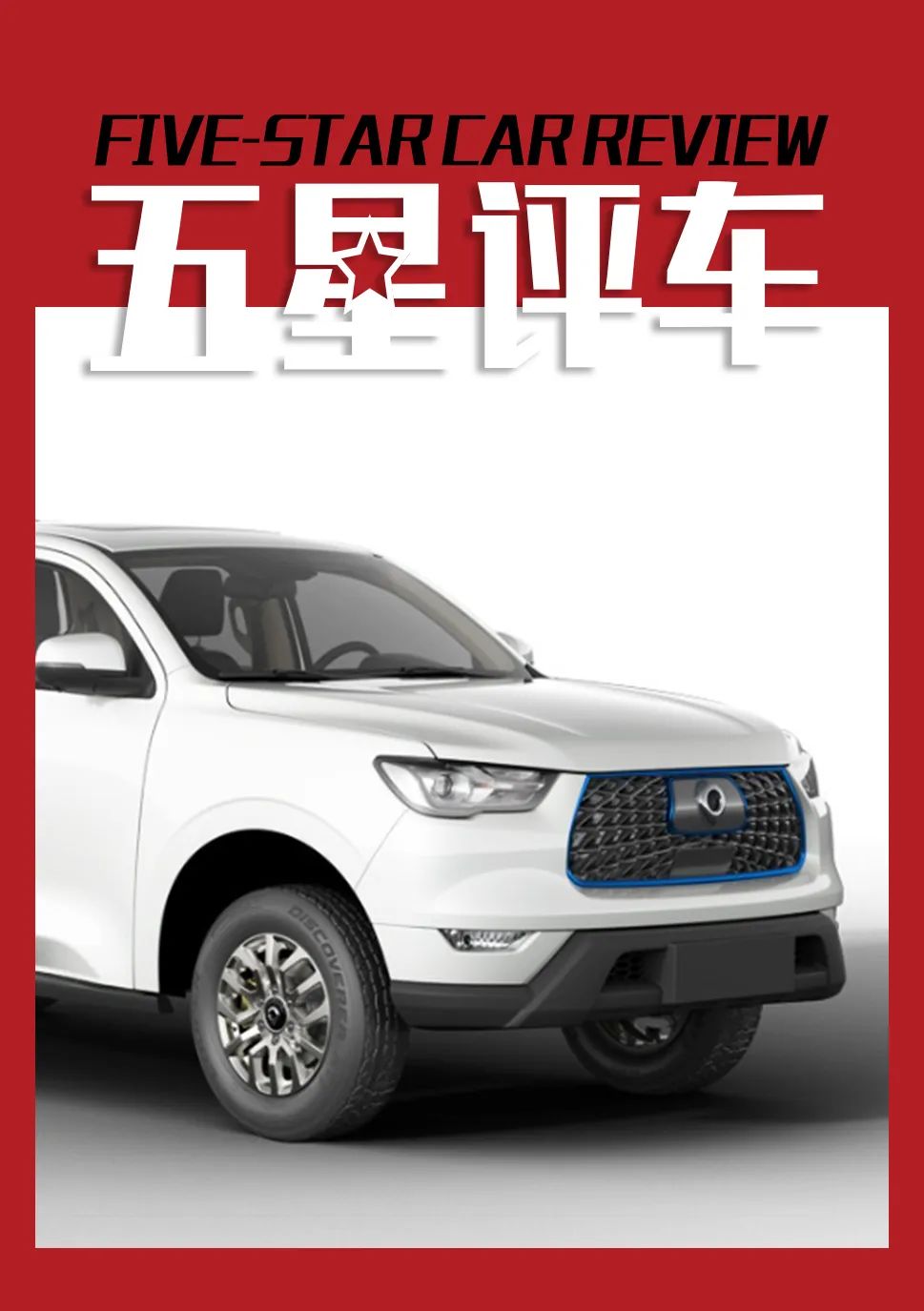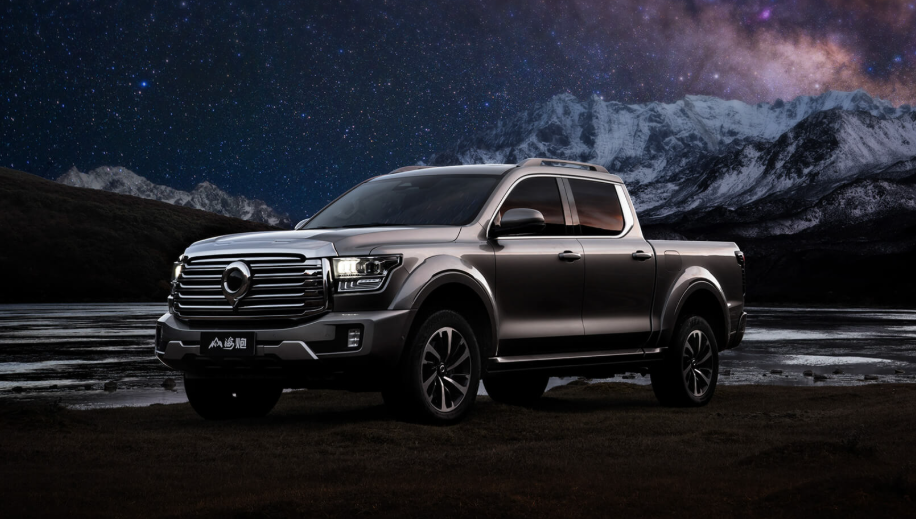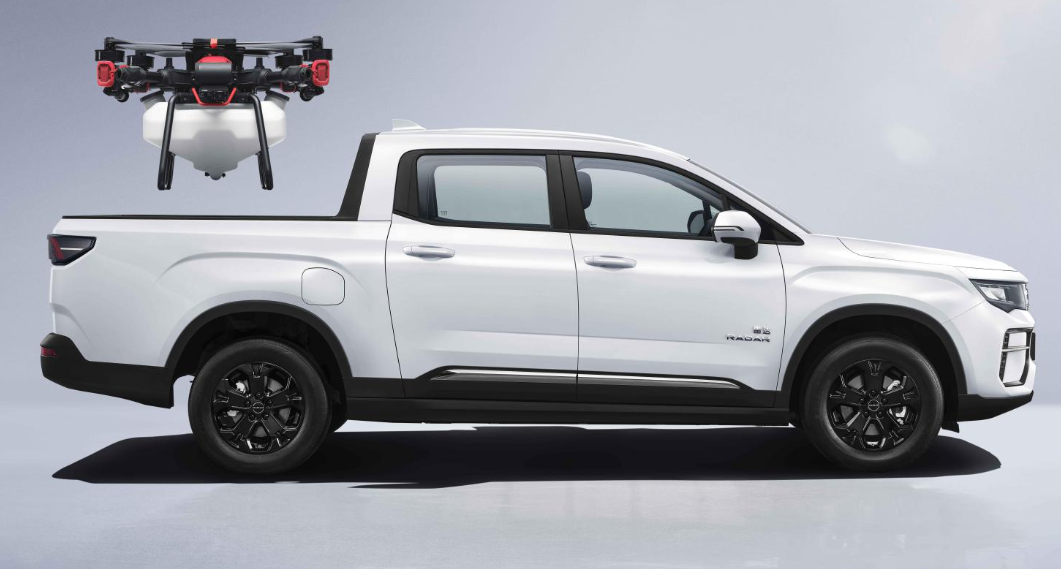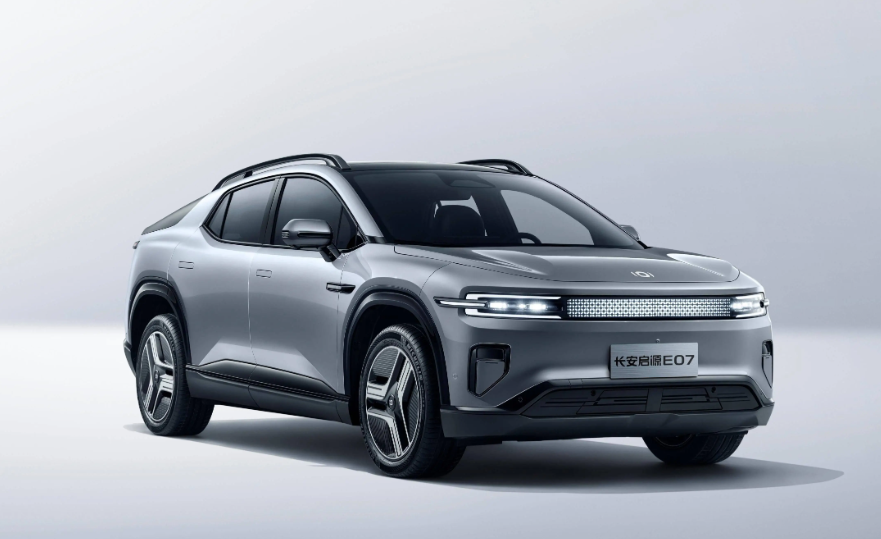Great Wall Must Accelerate Electrification Efforts to Maintain Dominance in Pickup Truck Market
![]() 05/22 2025
05/22 2025
![]() 570
570

By Wang Han
Produced by Five Star Car Reviews
The China Passenger Car Association's Joint Passenger Car Market Sub-division (hereinafter referred to as the "Joint Sub-division") recently released April's wholesale sales data for pickup truck manufacturers. Sales in this market remained robust, with a total of 50,000 units sold, marking a month-on-month decrease of 12.6% but a year-on-year increase of 13.6%.
Among these, SAIC MAXUS and Hebei Zhongxing were the only two companies to experience month-on-month growth, with SAIC MAXUS leading the way with a 33.17% increase. April also saw sales of new energy pickup trucks reach 2,300 units, a year-on-year surge of 127%, including 1,482 units of the RADA electric pickup truck and 745 units of the Changan extended-range pickup truck. Other pickup truck companies are also beginning to shape up their new energy models.
With the new energy penetration rate in traditional passenger vehicles surpassing 50%, the pickup truck niche market stands out as particularly distinct, with a new energy rate of less than 5%. Perhaps this disparity has presented RADA and Changan with an opportunity for breakthrough. Considering their annual sales of 12,500 units in 2024 and 8,600 units from January to April 2025, it's hard not to anticipate changes in the pickup truck sector.

From January to April 2025, cumulative sales of pickup trucks nationwide reached 188,000 units, marking a year-on-year increase of 8.6% and setting a new historical record. Exports during the same period amounted to 62,000 units, an increase of more than 30%. Compared to passenger vehicles like sedans and SUVs, the market size for pickup trucks is considerably smaller, with only Great Wall achieving monthly sales exceeding 10,000 units.
Great Wall Motors sold 67,500 units from January to April, maintaining a dominant position in the market. Models such as the Great Wall Cannon, Fengjun, and Shanhaipao performed exceptionally well. In fact, Great Wall Pickup was the only manufacturer to surpass the 100,000-unit sales mark in 2024, with a market share of 34.32%. This proportion remains similar for the period from January to April 2025, indicating that for every three pickup trucks sold in the domestic market, one is a Great Wall.

Following Great Wall are JAC Motors (22,000 units), SAIC MAXUS (20,100 units), Jiangling Motors (18,800 units), and Zhengzhou Nissan (12,600 units). While these companies may not be on the same scale as the "leader," Great Wall appears to be lagging in the field of new energy pickup trucks.
Great Wall Pickup's lineup in the new energy segment includes the Cannon EV and the newly launched Shanhaipao Hi4-T. The latter, based on the Hi4-T architecture of the Tank platform, is claimed by Great Wall to be the "world's first off-road hybrid pickup truck." Both models are priced above 200,000 yuan, positioning them as mid-to-high-end products in the domestic pickup truck market.
Meanwhile, other brands such as BYD, Jiangling, and the "revived" Chery RELY Weilin are actively preparing for the new energy pickup truck sector. In this scenario, relying solely on the Shanhaipao Hi4-T, a hybrid pickup truck priced at over 200,000 yuan, is clearly insufficient. Whether the current market leader can continue to set the rules in the new energy pickup truck segment depends on Great Wall's next moves.


Pickup truck models, from their inception to gradual maturity, have been strongly associated with their tool attributes. However, with the proliferation of American-style luxury and performance pickup truck culture, these vehicles have recently acquired more recreational attributes. For instance, the Great Wall Cannon, which has significantly increased online buzz around Great Wall Pickup, is widely perceived as positioned not for "rough work" but for off-roading, self-driving, and other leisure activities.
Despite this, few consumers are willing to pay for this "lifestyle," as evidenced by the Ford Ranger, which embodies the pickup truck culture to the fullest but is priced within reach of most consumers. Although it garnered some attention after its launch in the Chinese market, sales fell short of expectations. In the first four months of 2025, Ford Ranger sales were 543, 495, 741, and 792 units, respectively, amounting to a cumulative sales volume of only 2,571 units.

Reasons for this include policies such as travel restrictions and scrapping regulations, as well as the gap between traditional pickup trucks and new energy models in terms of intelligence and fuel economy. A 2.0T pickup truck or one with an even larger displacement will undoubtedly not achieve single-digit combined fuel consumption, with consumption of 20 liters per hundred kilometers being common when driven aggressively. If fuel consumption can be reduced by about half through extended-range or plug-in hybrid methods, the appeal to consumers with a budget of 150,000 to 200,000 yuan will undoubtedly increase exponentially.
Policy restrictions undoubtedly pose a significant obstacle to the development of hybrid pickup trucks, inevitably slowing down the electrification process compared to passenger vehicles. However, once policies open up more inclusive development space for new energy pickup trucks, brands with earlier and more comprehensive layouts will respond more swiftly.
The China Association of Automobile Manufacturers predicts that domestic demand for pickup trucks will exceed one million units by 2030, almost doubling the sales volume in 2024. Amid this trend, Zhengzhou Nissan Z9 PHEV, JAC Hantu PHEV pickup trucks, and Geely RADA super electric hybrid pickup trucks are emerging one after another. Whether Great Wall Pickup can still capture a third of the market share at that time will depend on the timeliness and effectiveness of its next new energy strategy.








